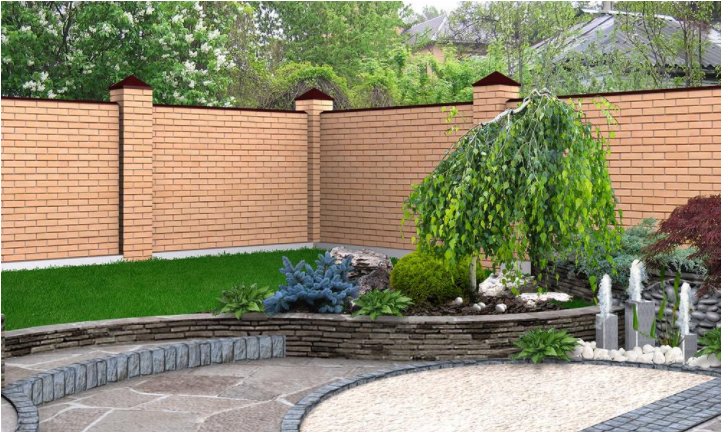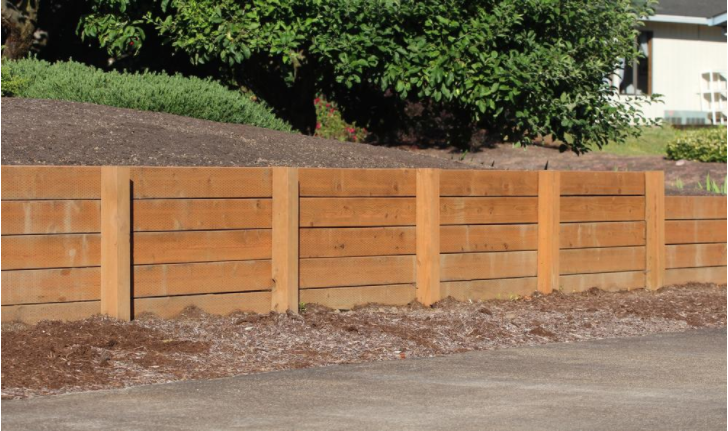A retaining wall is a stiff and hard wall which is used for carrying the soil mass and prevent them to entering the garden premises. Retaining walls are famous among the gardens and the slopes to be used completely. There are different types of retaining walls which are acceptable for different approaches. Retaining walls are constructed and planned according to the pressure of the soil and the desired changes are made with the angle of repose of the soil.

The basement wall is also a retaining wall which is referred as cantilever retaining wall without support at the top. The construction of the retaining wall should be proper or else there is a danger of collapse of the slope.
Types of Retaining walls
There are majorly 8 types of retaining walls. They are Gravity, Cantilevered, Sheet piling, Bored pile, Anchored, Soil-nailing, soil-strengthened, and mechanical stabilization.
- Gravity – This type of retaining wall depends on cross-section design for the stability and retention of the heavy weights and in case of failures. These walls are thicker and are stable and you need to install the maximum portions of the walls under the surface.
- Reinforced Retaining Walls – The weight of the reinforced retaining walls and reinforcement bars in the wall provide the stability against the overturning.
- Cantilever Walls – This type of wall is directly connected to the foundation. A cantilever wall holds the soil and it is the most common type of retaining wall. The backfill stabilizes the wall against sliding. It is therefore loaded by backfill.
- Buttressed Retaining Wall – These walls are strengthened with base slab and back of the wall slab. This wall acts as a stabilizer and stiffener to reduce the bending and the stress.
- Reinforced Soil Walls – These walls are made up of Geotextiles soil reinforcements and are placed in layers within a granular fill. These walls can also be used as retaining walls when they are an integral part, or an alternative to using reinforced concrete, in temporary work, or as a remedy.
- Soil Nailing – The soil nailing technique includes the bars known as Passive bars which are helpful during the work in tension. This also involves reinforcing the soil and also work in shear and bending. The friction might put the nails in tension. A hybrid system is also a type of wall system where mass and reinforcement are involved in for the stability. These are also known as composite retaining wall systems.
- Anchored Earth Walls – These walls include facing units which are tied to rods and strips and anchored in the ground. These are known as anchored earth wall. The cables involved are high strength, steel tendons.
- Sheet Pile Walls – These types of walls are made when the driving steel sheets are made up of required depth and excavation. These walls cannot resist very high pressure.

Advantages of Retaining Walls
- For the Deep slopes and difficult grades problem, retaining walls is the only solution.
- Retaining walls provide terracing, landscaping and are gateway to the property.
- Retaining walls can create space for the walkways and patios.
- It enhances the property value through its robust landscaping.
- Setting up retaining walls will give a benefit of erosion of the land.
- It significantly increases the market value by adding the roof garden and space.
- The Retaining walls are durable, requires low maintenance, and walls made of rocks can bear harsh conditions of weather.
So now if you want to protect your garden area from the soil and dirt entering from outside then you must build a proper retaining wall. To know more, you can discuss the same with a professional contractor.